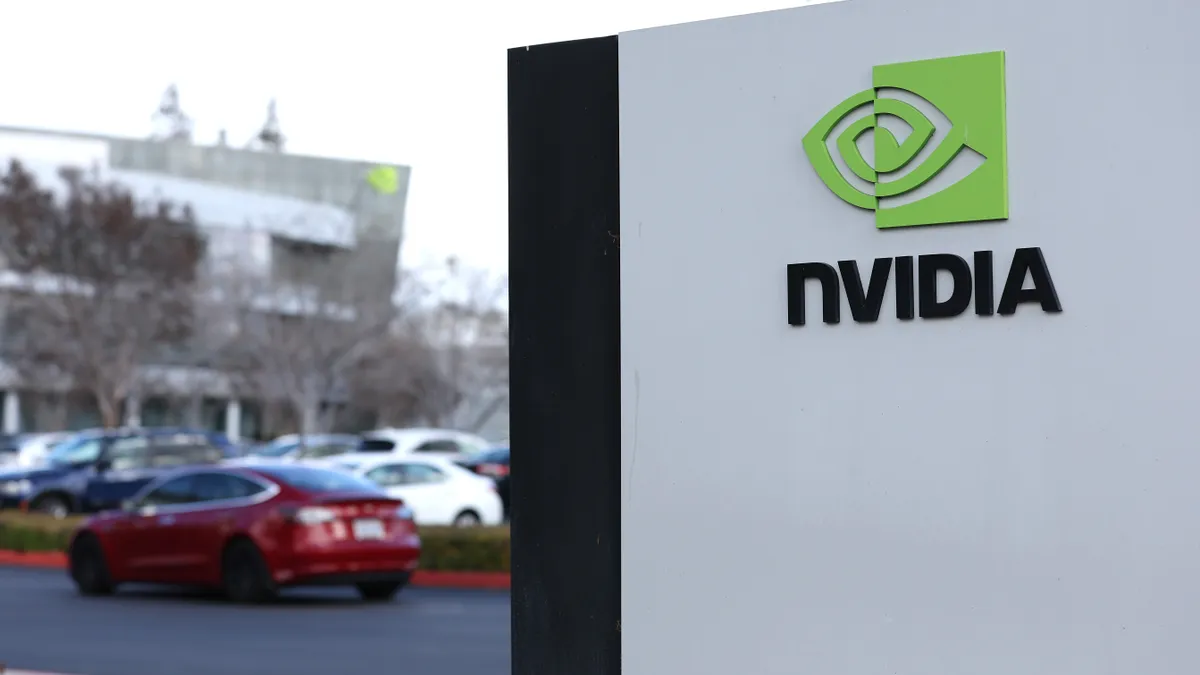ORLANDO, Fla. — Customer experience (CX) is not another name for customer service or even user experience. It's not a technology either, like a CRM. CX is a digital strategy that CIOs often overlook.
"Everyone is in the customer economy," said Gene Alvarez, distinguished VP analyst at Gartner, while speaking at the Gartner IT Symposium/Xpo in Orlando, Florida, in October. Government CIOs are servicing citizens, banks have clients and the military has soldiers, for example.
By 2022, two-thirds of CX projects will use IT. "But will they make use of you?" Alvarez asked the room of CIOs and IT decision makers.
Over the next two years, 71% of UX leaders expect a change in internal processes, 69% expect a change in employee behavior, and 62% foresee an upgrade in technology.
As CX leaders prepare for adjustments, the CIO must realize the influence their role plays in CX. Behind customer service, IT is a CX leaders' most valued ally, but IT is also the most difficult to work with.
The more mature a company, and the greater its resources, the more likely it is to go deeper into experience solutions, customer and elsewhere.
There are several layers of CX maturity, with a bulk of business-to-customer companies, almost one-third, stuck in the ad-hoc phase. Half of business-to-business companies are in the same position.
For Alvarez, the ad-hoc phase is where everything is a mess and nothing is established. The phases after ad-hoc are establishing, performing, optimizing and embedding. Only 1% of businesses identify themselves in the embedded phase.
The performing phase indicates a company has set a vision and execution has begun. But an embedded level of maturity is indicative of a distributed CX culture.
Peeling back the layers of the CX role
Gartner estimates about 5,000 people have CX in their title, but only half report to a CEO. The research firm expects that number to grow.
There are a number of layers to the CX role, each branching into subsets of responsibilities:
- Understand customers: CX leaders have to represent the voice of the customer but to do so, they need several features, including a customer-listening portfolio, customer data analytics and capability to communicate customer understanding.
- Develop CX strategy: Purpose and strategy are the fire-starters of any digital initiative. But more specifically in CX, leaders need to communicate a vision to their executives. Proving a return on investment will improve their chances of getting more funding.
- Design a CX: Personas and journeys shape the CX, which means leaders need to have customer journey maps and use experience testing.
- Build a customer-centric culture: Reshaping culture is a barrier for change in any capacity. CX leaders taking on culture change have to cultivate a mindset catered to CX, which means enabling customer-centric behaviors.
- CX management: Leaders have to take on governance, metrics and technology. CX team structuring, business partner collaboration, experience metrics and prioritizing tech investments are each a subset of each broader responsibility.
Currently, 30% of CIOs either ignore or avoid involvement in CX and another 30% say they are involved in a supportive role. One-quarter of CIOs view their role in CX as supportive. Less than 1% of CIOs are also the head of CX.
To incorporate more CX responsibility into IT, review quantitative and qualitative customer data, have one-way conversations with customers, evaluate third-party customer reviews, and consult with frontline employees.
From there, intermediate immersion comes into play, where "be a customer" practices are performed. Advanced immersion takes that practice further because it prompts a "co-creation" of experience with customers.
IT's role in CX
IT has a responsibility to scale CX. By the time companies reach the embedded block of CX maturity, IT has become a "key source of knowledge" for innovation across domains, geographies and industries.
"Innovation becomes your greatest weapon" for bridging the disconnect between maturity levels, said Alvarez.
Technology has the ability to impact the business by reducing churn rates, supporting customer satisfaction and privacy, and freeing employees from making decisions and repetitive tasks.
Nobody will yell at IT or frontline employees for quickly solving a problem, said Alvarez, but they will if the resolution takes too long.
CX is powered by personalization because it requires companies to be customer- and data-centric. To cut resolution times and — as a result — improve CX, Alvarez recommends CIOs join their business' CX council. "If you don't have a seat, get one."
"Customer engagement is like fitness," said Alvarez. CIOs have to make changes "forever."
Technology in CX
There are three primary solutions for cultivating and maintaining CX:
- Artificial intelligence
- Omnichannel
- Continuous intelligence
For AI, Alvarez recommends picking a project where conventional technology is struggling. Short-term solutions to consider are found in CRMs. Companies with AI assisting in sales increases deals by 50%. In mature CX companies, AI is embedded in multichannel customer engagement platforms.
When companies fail in unifying customer engagement, it's because they have a disjointed CX, a pain point for half of companies. There is no single technology for omnichannel engagement; it requires an architectural approach, including text/email, co-browse, digital experience platform and IoT.
Alvarez recommends companies treat the customer engagement hub "as a multi-year technology and process initiative" as it requires system integrations from multiple vendors. But first, ask which moments in the customer journey have the potential to deliver the most impact.
Continuous intelligence allows companies to make decisions based on real-time, contextual data. Gartner expects retailers to use real-time, competitive pricing, adjusted in stores, by 2025.
CIOs have to assess readiness of existing application infrastructure to support the scalability needed for real-time, "event-oriented" strategies.
What modernization does a company need to do before it can buy and integrate continuous intelligence solutions? "Get agile," said Alvarez. "And if you are agile, get more agile."
For more substantial outcomes, niche vendors could fill in the gaps of CX. Adopt software "prebuilt" with capabilities for a specific industry: application PaaS, intelligent business process management, integration tech, augmented analytics and DevOps.





















